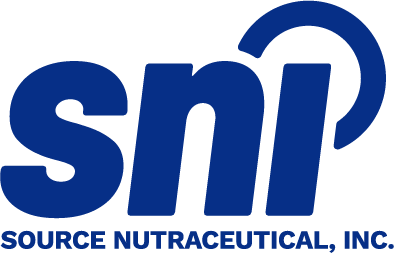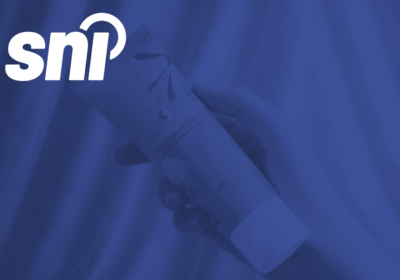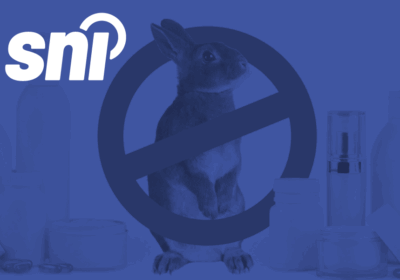Health Canada has released a Notice to Stakeholders outlining proposed updates to the Cosmetic Ingredient Hotlist. This notice serves as a heads-up for cosmetics manufacturers, importers, and formulators to review upcoming regulatory considerations and begin preparing for potential product reformulations.
Overview: What is the Cosmetic Ingredient Hotlist?

The Cosmetic Ingredient Hotlist is an administrative tool used by Health Canada to identify substances that are either restricted or prohibited in cosmetics under the Food and Drugs Act and Cosmetic Regulations. It helps industry stakeholders stay compliant by flagging ingredients that could pose health risks or lead to regulatory noncompliance.
While the Hotlist is not exhaustive, its entries reflect current scientific consensus and legal interpretations. Companies are expected to comply immediately if new information indicates that a cosmetic may pose a risk — regardless of whether the Hotlist has been formally updated.
Proposed Additions to the Hotlist
Health Canada is considering adding the following substances to the Hotlist due to recent findings that suggest potential health risks:
Basic Violet 4
- Previously assessed under the Chemicals Management Plan (CMP) with low exposure risks.
- New cosmetic notifications show increased levels of exposure, prompting concern over carcinogenicity.
- Proposed restrictions would apply to specific product types, with limits on maximum concentrations.
Basic Blue 7
- Also evaluated under CMP with initially low-risk conclusions.
- Updated data suggest increased usage and potential carcinogenic risk.
- Restrictions similar to those proposed for Basic Violet 4 are under consideration.
Polyaminopropyl Biguanide (PHMB)
- Proposed for restriction due to inhalation risks and potential for skin sensitization.
- Prohibition being considered for sprayable products.
- Maximum allowable concentrations proposed for other topical applications.
Revisions to Existing Entries
Health Canada is reviewing current Hotlist entries to reflect new toxicological data and align with global best practices:
Symphytum spp. (Comfrey)
- The current exemption for Symphytum officinale may be removed due to detection of hepatotoxic alkaloids in some derivatives.
Brucine
- Currently listed as restricted, now proposed to be prohibited due to acute toxicity, neurotoxicity, and insufficient safety data on chronic exposure.
- Expansion of entry to include Brucine salts, such as Brucine sulfate, is also under consideration.
Imperatorin
- Proposed to be removed as a standalone entry and instead regulated under the broader Furocoumarins category due to similar phototoxic properties.
Furocoumarins
- Clarification that these compounds are not allowed as added ingredients.
- Only trace levels are permitted when naturally occurring in plant extracts.
- Concentration limits would now apply to all leave-on products, not just sun-tanning products.
Other Revisions
Minor updates are also being proposed to:
- Add synonyms and CAS numbers
- Correct typographical errors
- Improve clarity and accuracy of existing entries
CMP Substances Under Review
The following groups of substances are being evaluated under the Chemicals Management Plan (CMP). While they are not currently part of this consultation, stakeholders should monitor their status closely:

- Acyclic, Monocyclic, and Bicyclic Monoterpenes
- Alcohols Group
- Boric Acid and its Salts
- Fourteen Terpene and Terpenoid Substances
- Gas Oils and Kerosenes Used in Consumer Products
- Low Boiling Point Naphthas
- Monocyclic and Bicyclic Sesquiterpenes
- Parabens
- Phenylpropanoids and Aldehydes
- Salicylates
- Tricyclic Sesquiterpenes and Triterpenoids
If new data reveal significant risks, Health Canada may skip the typical consultation process and take immediate regulatory action.
What This Means for You

This notice is not a formal consultation; rather, it is a preparatory step. Stakeholders should use this period to:
- Audit cosmetic formulations for substances under review
- Plan for potential reformulation or removal of affected products
- Subscribe to Health Canada’s Cosmetics Mailing List to stay informed
Following this notice, Health Canada will publish proposed updates for a 60-day public consultation. The final version of the Hotlist will be released after reviewing all stakeholder feedback.

If you’re working through cosmetic labelling requirements, CNF submissions, or planning clinical studies, our team is here to support you. We bring experience in regulatory compliance and can help ensure your products meet applicable guidelines while aligning with your brand.
Reach out if you’d like to discuss how we can assist with your regulatory needs.
Learn more about Cosmetic Regulations in Canada by reading our blog.
Frequently Asked Questions
What is the Cosmetic Ingredient Hotlist?
The Hotlist is a reference document used by Health Canada to identify substances that are either prohibited or restricted in cosmetic products to protect consumer health.
Is the Hotlist legally binding?
While not a regulation itself, the Hotlist supports enforcement of the Food and Drugs Act and Cosmetic Regulations. Non-compliance can result in enforcement actions.
How often is the Hotlist updated?
There is no fixed schedule. Updates are made as new scientific evidence becomes available or when risk assessments identify concerns.
What should I do if my product contains a substance being evaluated?
You should review the risks, consider reformulation, and prepare for potential changes to maintain compliance.
How can I receive updates about cosmetic regulations in Canada?
Sign up for Health Canada’s Cosmetics Mailing List and regularly check the Consumer Product Safety section of their website.




